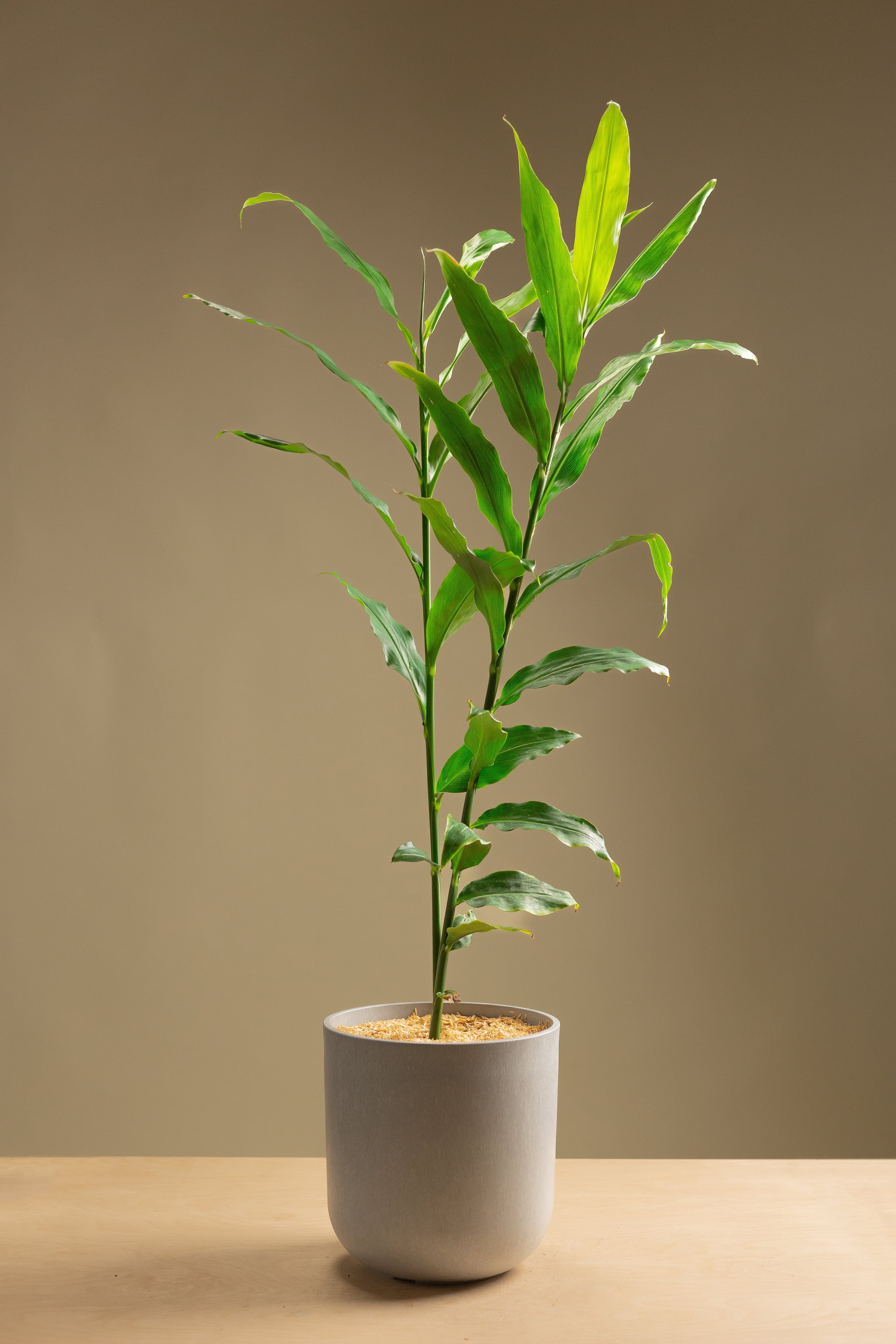
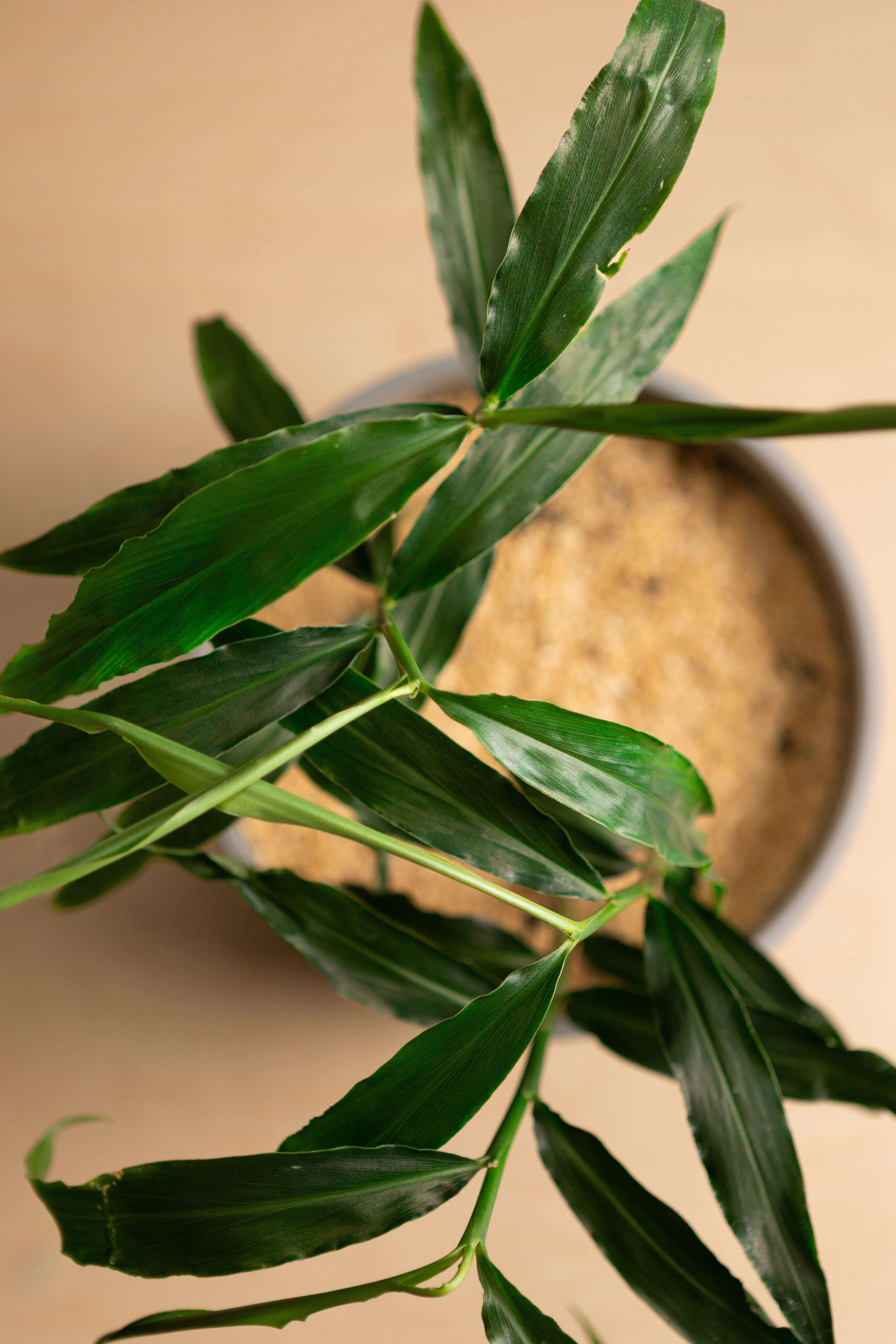
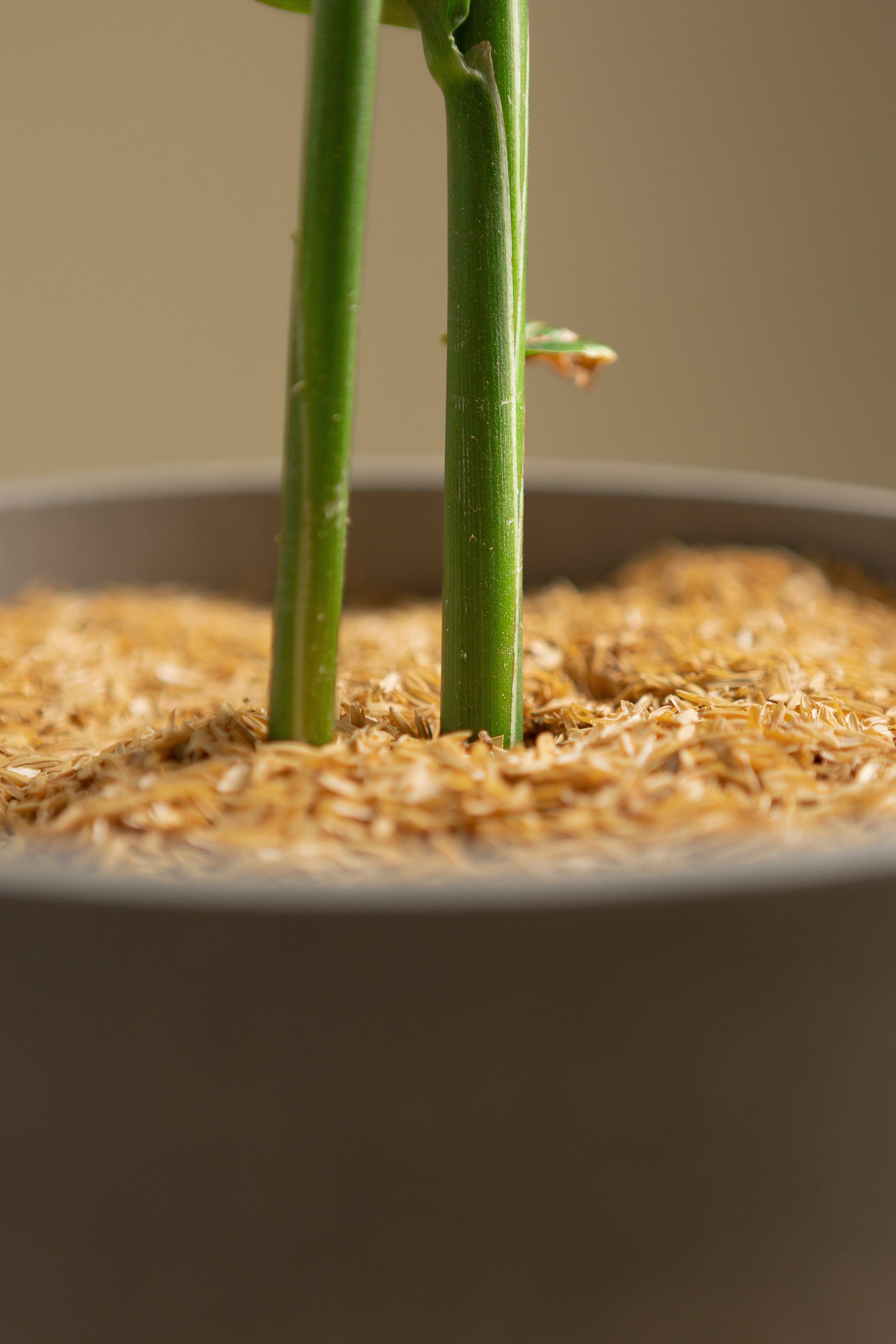
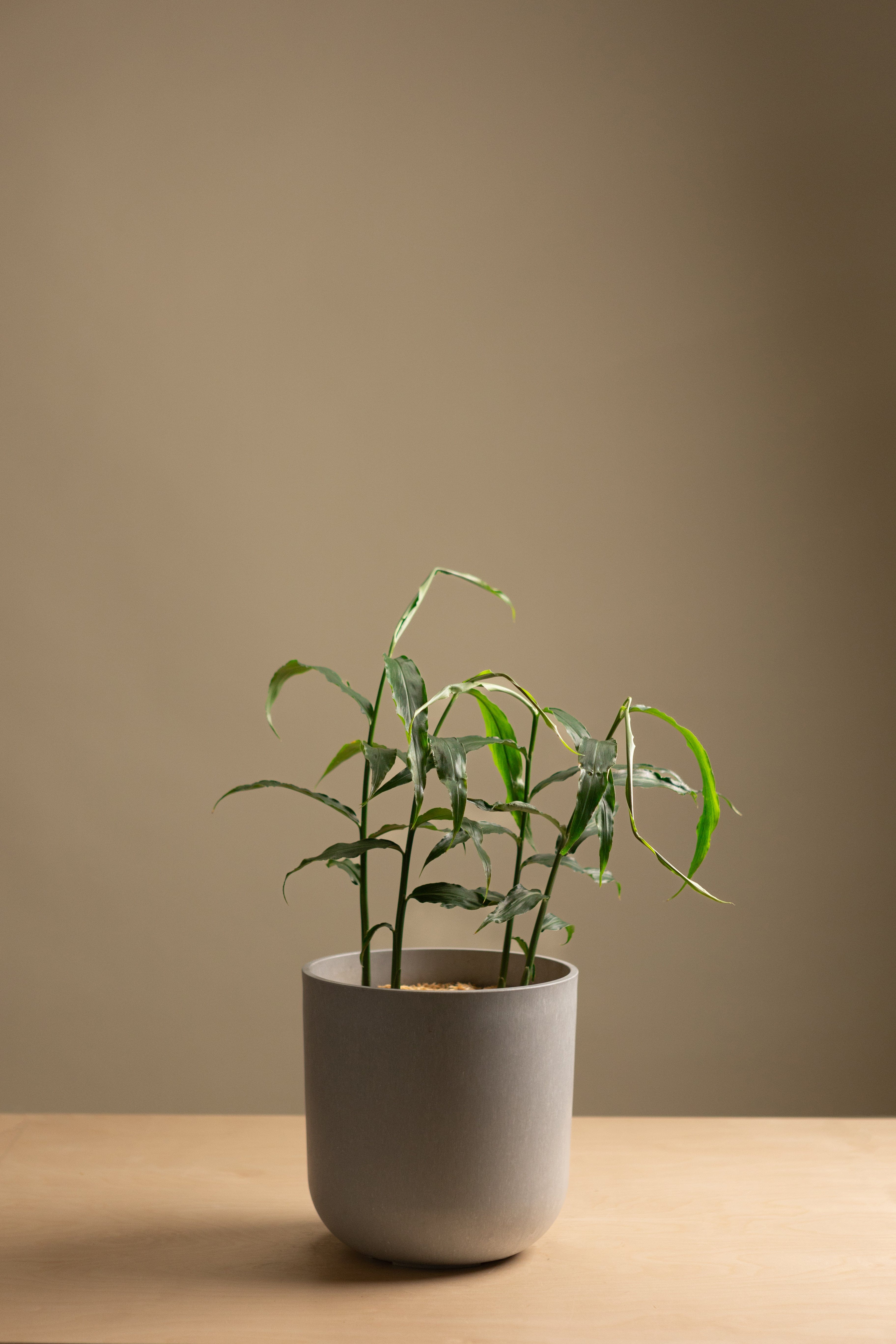
Ginger
Grow your own ginger right from the comfort of your own indoor space! Get deliciously tender and juicy ginger root with a slightly milder flavor than you find in the store. Leaves and stocks are also edible, perfect for adding to teas or cooking up your favorite dish. This is a great outdoor plant for tropical climates, but needs a southern sunny window in most of the country. It likes high humidity and appreciates daily misting.
SELECT YOUR KIT

PLANT ONLY:
$0.00
POTTING ESSENTIALS KIT:
$69.99
COMPLETE GROWER KIT:
$154.99
Plant Only + Complimentaries
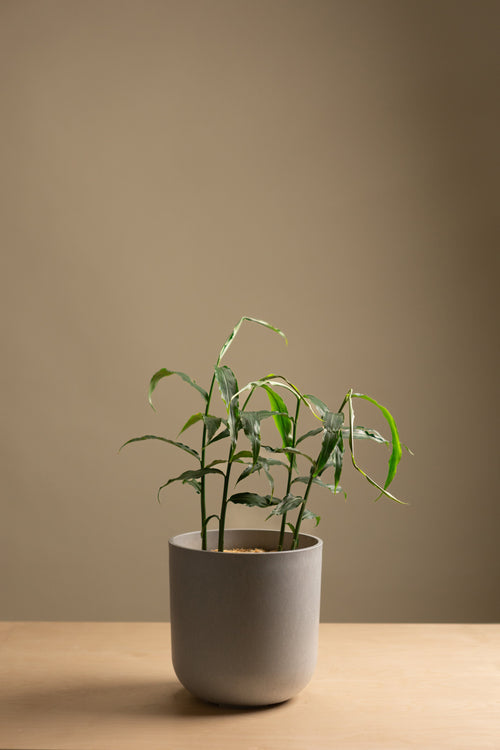
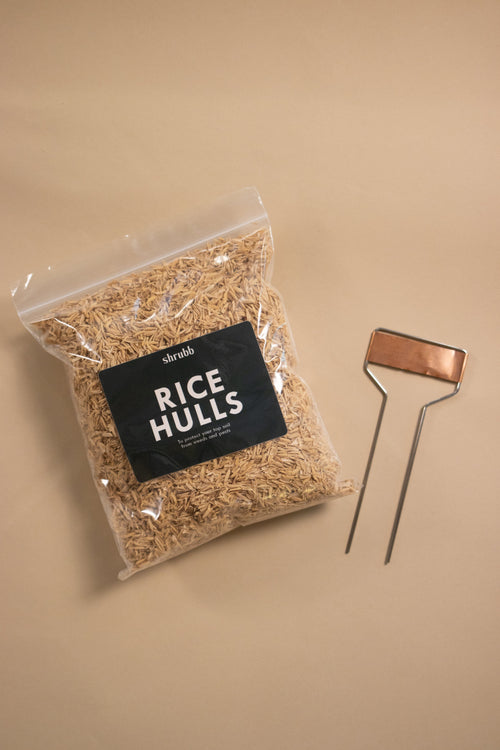
Ginger + Potting Essentials Kit

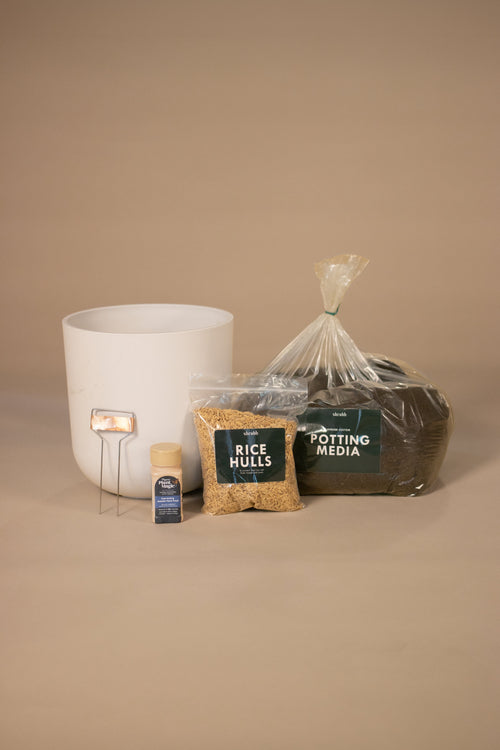
Ginger + Complete Grower Kit

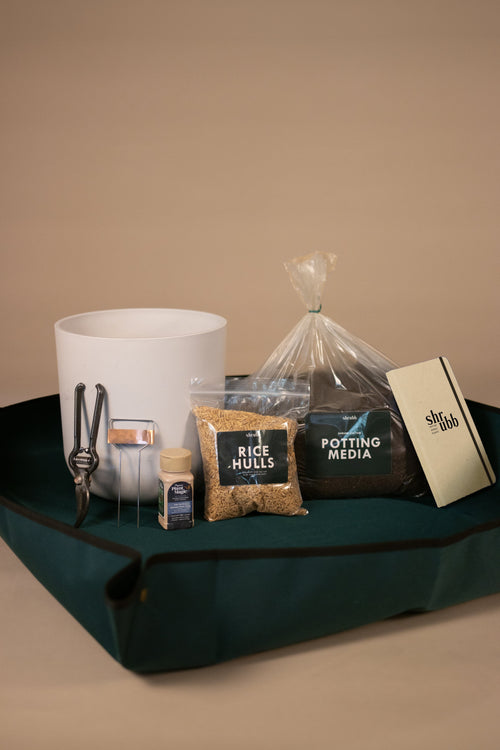
DO YOU WANT TO INSURE YOUR PLANTS?
Get plant insurance to guarantee a free replacement plant if yours dies within the first year. Read more about plant insurance here..

Where do I grow best?
How to care for me:
Partial Shade
Water

Soil Nutrients

Dormancy
Harvest

Pests and Disease
Growing in Less Ideal Climates
While the region indicated on the map above specifies where this plant grows best, the virtue of growing plants in pots is that, with a little elbow grease, you can create your own environment. These are our tips for anyone attempting to grow alpine strawberries in other climates.

Colder Regions
Hotter Regions
